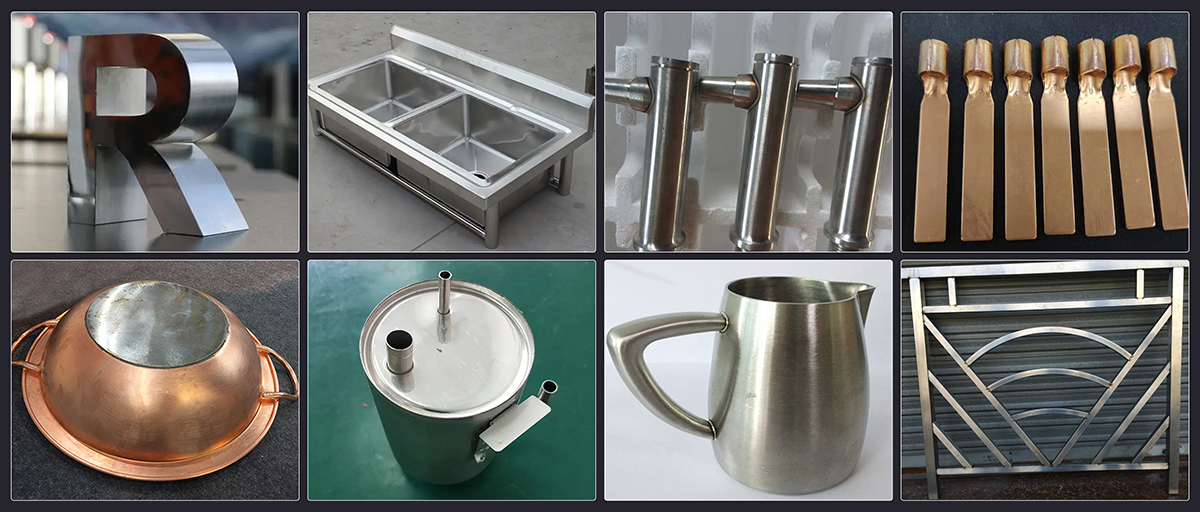1. The need for welding of complex structures
In modern manufacturing, many products and components have complex geometric structures, which often require welding at multiple angles and directions. For example, in the automotive and aerospace industries, the design of components is increasingly trending towards lightweight and high strength to meet performance and safety requirements. This requires the welding process to not only have high precision, but also to be able to operate flexibly in complex and confined spaces. Handheld laser welding machines are ideal for meeting these welding needs due to their unique flexibility and adjustability.
The need for multi-directional welding in the automotive, aviation and other industries
● Automotive industry: In automobile manufacturing, the structure of the body and chassis is often composed of multiple materials and metals of different thicknesses. Handheld laser welding machines can weld different parts of the body, especially in small or complex spaces, such as door frames, underbody structures, etc. Operators can adjust the welding angle and focus to adapt to different welding needs to ensure that the welding quality and strength meet the standards.
● Aerospace industry: In aerospace manufacturing, components such as fuselages, wing structures and engine components often need to work in extreme environments. Therefore, the strength and precision of the welding are crucial. Handheld laser welding machines are widely used in welding aircraft fuselages, including welding of composite materials. Due to the complexity of the welding position, the flexibility of the handheld device enables operators to quickly adjust the welding angle to achieve high-quality welding.

2. Successful Cases
● Automobile Manufacturing Case: An automobile manufacturer introduced a handheld laser welding machine in its factory to improve the efficiency and accuracy of body welding. By adjusting the focus of the laser beam and flexible operation in multiple directions, operators can weld in narrow door slots, adjust the welding angle and depth in time, and ensure that the strength of each welded joint meets safety standards. As a result, production efficiency increased by 30%, and the welding quality was significantly improved, reducing the rework rate.
● Aerospace Case: An airline used handheld laser welding technology in the production of new aircraft components. Due to the complex structure of the fuselage, it is difficult to achieve using traditional welding methods. By introducing a laser welding machine, engineers can flexibly adjust the laser focus and welding angle at different welding positions, and successfully complete the efficient welding of the fuselage, wing structure and engine components. In the end, the welding time of the project was shortened by 40%, and the strength and safety of the overall component were improved.
Examples of how handheld laser welding machines meet multi-angle requirements in actual use
In actual use, the high adaptability and adjustability of handheld laser welding machines make them powerful advantages in complex welding tasks:
● Focus adjustment example: When operators need to weld on materials of different thicknesses, they can simply adjust the laser lamp head to adapt to different welding depths and heat-affected zones to ensure the integrity of the weld.
● Welding angle adjustment example: When welding the inner and outer frames of car doors, due to limited space, operators move the welding gun back and forth along the edge of the door slot and adjust the angle of the welding gun to achieve the treatment of welding blind spots while maintaining the continuity and efficiency of welding.
Through such examples, we can see that handheld laser welding machines effectively meet the needs of multi-angle welding in complex application scenarios with their flexible operating characteristics, promoting the improvement of manufacturing efficiency and product quality in industries such as automobiles and aviation. Click here for more information






















































